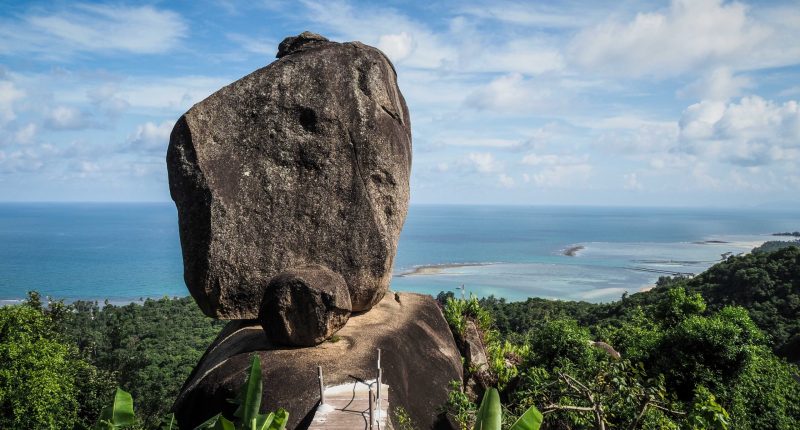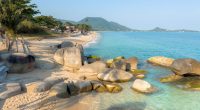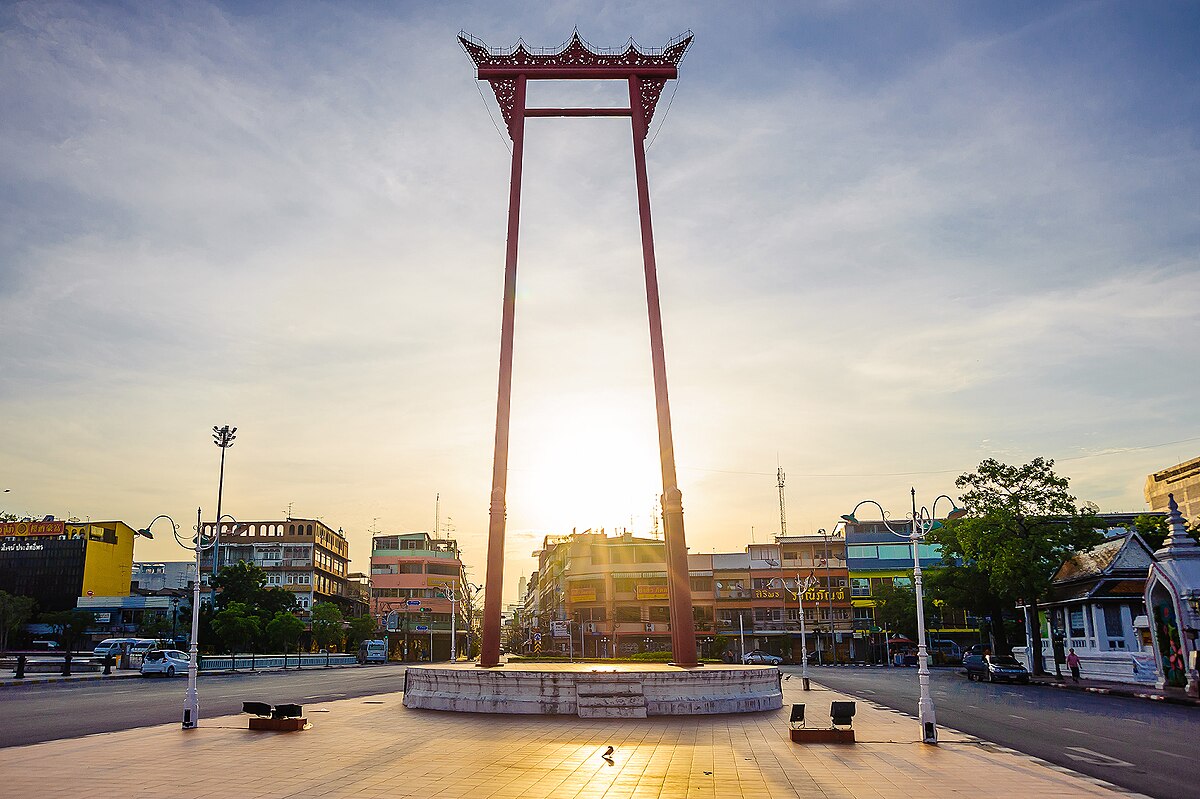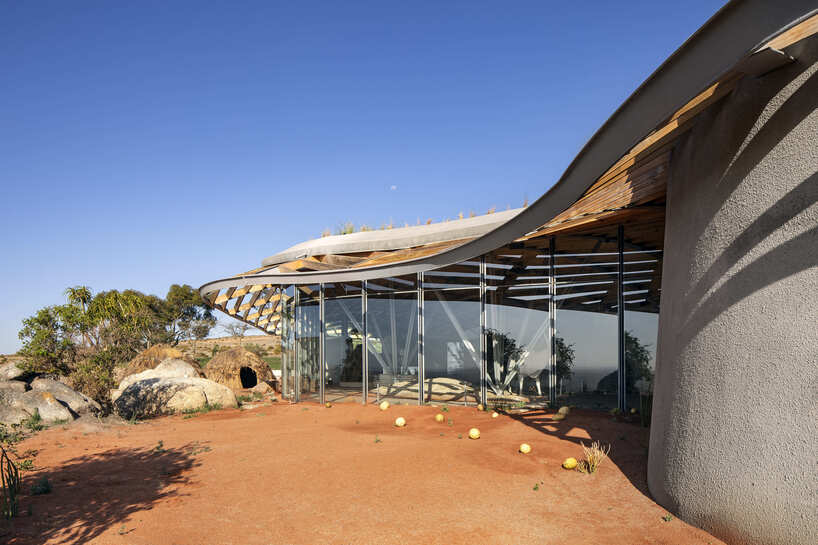Planning a trip to Koh Samui, Thailand’s third-largest island, is the key to experiencing this tropical paradise to the fullest. Known for its palm-fringed beaches, clear waters, and vibrant nightlife, Koh Samui offers activities for every kind of traveler. From accommodation and transportation tips to must-see attractions and dining spots, here’s a complete guide to planning your perfect getaway to Koh Samui.
Planning Your Dream Trip to Koh Samui Island
1. Deciding When to Visit Koh Samui
The best time to visit Koh Samui depends on what you’re looking to experience. The dry season, from December to February, is ideal for beach weather, while the shoulder season, from March to August, offers lower rates with occasional rain showers. The rainy season, from September to November, is the least crowded but comes with frequent rain—perfect for a quiet getaway.
- Best Season for Beach Weather: December to February
- Best Time for Budget Travelers: March to August
2. How to Get to Koh Samui Island
Koh Samui is accessible by both flights and ferry services. The fastest option is flying directly to Samui International Airport, with daily flights from Bangkok and international routes from Singapore and Hong Kong. For a budget-friendly route, consider flying to Surat Thani or Nakhon Si Thammarat and taking a ferry to Koh Samui.
- Direct Flights: Available from Bangkok, Singapore, and Hong Kong
- Ferry Services: Ferries from Donsak Pier (Surat Thani) take about 1.5 to 2 hours
- Travel Tip: Book flights early, as they can be more expensive than other Thai destinations
3. Where to Stay on Koh Samui Island
Koh Samui offers accommodation options for every budget and preference, from luxury resorts and beachfront villas to budget-friendly hostels.
- Chaweng Beach: Perfect for nightlife lovers and beach access
- Lamai Beach: Quiet and scenic, ideal for families and couples
- Bophut (Fisherman’s Village): Offers boutique hotels and cultural charm
- Maenam Beach: A peaceful area suited for relaxation and nature lovers
4. Top Things to Do on Koh Samui
Koh Samui has something for everyone, whether you’re interested in exploring temples, hiking, or diving into the vibrant nightlife scene.
Relax on the Stunning Beaches
Koh Samui’s beaches are a major draw, offering options for every type of traveler. Chaweng Beach is popular for lively crowds and water sports, while Maenam Beach is perfect for a quiet retreat.
- Popular Beaches: Chaweng, Lamai, Maenam, and Bophut
- Best Activity: Snorkeling, sunbathing, and jet skiing
Explore Temples and Cultural Sites
Wat Phra Yai (Big Buddha Temple) and Wat Plai Laem are must-see attractions showcasing Thai architecture and Buddhist culture. Don’t miss the Secret Buddha Garden for a peaceful experience amidst lush landscapes.
- Notable Temples: Wat Phra Yai, Wat Plai Laem, Secret Buddha Garden
- Top Cultural Experience: Attending local festivals or Buddhist ceremonies
Discover the Island’s Natural Beauty
Koh Samui is home to waterfalls, jungle trails, and scenic viewpoints. Head to Na Muang Waterfalls or hike to the viewpoints around Chaweng and Lamai for breathtaking views.
- Must-Visit Natural Spots: Na Muang Waterfalls, Chaweng Viewpoint, Hin Ta and Hin Yai Rocks
- Outdoor Activities: Hiking, waterfall visits, ATV tours
5. Sampling Koh Samui’s Local Cuisine
Koh Samui’s food scene combines traditional Thai dishes with unique local specialties and fresh seafood. Dining at the Fisherman’s Village Night Market is a must, with options from seafood BBQ to classic Thai street food.
- Popular Dishes: Pad Thai, green curry, mango sticky rice, seafood BBQ
- Where to Eat: Fisherman’s Village, Chaweng Beach night markets, local Thai restaurants
6. Getting Around Koh Samui Island
Getting around Koh Samui is easy with several transportation options. Renting a motorbike or car provides the freedom to explore on your own schedule, while songthaews (shared taxis) offer a budget-friendly alternative.
- Motorbike Rentals: Affordable, but remember to wear helmets and have an international driver’s license
- Car Rentals: Ideal for families or group travel, with rental agencies available across the island
- Songthaews: Local shared taxis that follow set routes; great for budget-conscious travelers
7. Koh Samui Travel Tips for a Smooth Experience
- Currency and ATMs: Thai baht is the currency, and ATMs are widely available. Notify your bank about international travel if you plan to use your cards.
- Dress Respectfully: When visiting temples, dress modestly with shoulders and knees covered.
- Stay Hydrated: The tropical climate can be hot, so make sure to stay hydrated, especially if hiking or spending time outdoors.
- Book Ahead in Peak Season: Koh Samui is a popular destination, so book your accommodations and tours in advance if traveling during the high season.
Embrace Your Journey to Koh Samui Island
Koh Samui is a tropical paradise waiting to be explored, offering endless activities, natural beauty, and cultural experiences. By planning your trip well, you can enjoy everything this stunning island has to offer. From beach relaxation and cultural excursions to adventure-filled days, Koh Samui promises an unforgettable journey through Thailand’s tropical beauty.









